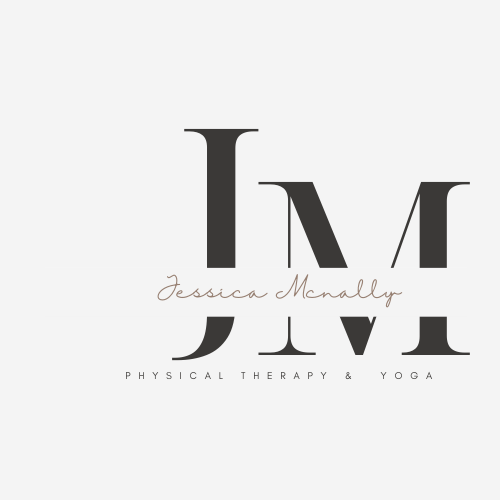Childhood motor development
Pediatric PTs work with children and their families to prevent or reduce secondary disabilities. All PTs promote health, wellness, and participation in life roles. Pediatric PTs use a team approach involving the child, parents, caregivers, and other medical professionals. General PTs have pediatric knowledge on typical development and the impact of childhood onset conditions over the lifespan.
Chronological age is the age of the baby from the day of birth
Adjusted age is the age of the baby based on its due date
Used to assess growth and development
Only adjusted until 2 years old
Premature: at or before 37 weeks gestation
Post-term: born after 42 weeks gestation
Developmental milestones in children from birth through adolescence:
First quarter: head control in all positions in space
Extensor muscles develop first (muscles on the back of the body)
2 months: head control
Second quarter: control of arms and upper body
4 months: roll belly to back, propped sitting (using arms or other external support)
Pelvic control, plays with legs and feet in supine (laying on back)
6 months: unsupported sitting
Allows for play with both arms
Third quarter: control of lower body and pelvis
8-10 months: crawling, creeping (hands and knees), pull to stand
10 months: cruising (walking holding onto furniture), unsupported standing
Fourth quarter: advances in mobility and control of legs and upright postures
12-14 months: walking independently
24 months: immature running, stair climbing
36 months: mature running
3-4 years: alternating stair climbing
4 years: hop on one foot, small bike
5 years: Skipping, jump rope, acrobatics
7-9 years: Mature adult gait
Primitive reflexes are critical for human survival (protection, nutrition) while postural reflexes provide automatic movement to prepare for future voluntary movement. A reflex response is present before cortical control and is an involuntary movement. A reaction response is a reflex that appears in infancy/childhood and remains throughout life.
Primitive reflexes
Automatic responses to specific stimuli
Foundation for voluntary movements
Examples: Rooting/sucking, Moro, Babinski, plantar grasp (toes), flexor withdrawal, positive support, spontaneous stepping, palmar grasp (fingers)
Integration is when a reflex is inhibited/excited by higher centers. A reflex can be reactivated with activities that require great effort or damage to the brain/spinal cord.
Typical gross motor development in children birth through 12 months:
Neonate: Physiologic flexion, can clear airway in prone (laying on belly), unable to maintain midline position of head in supine, stand with positive support, proprioceptive walking (reflexive)
2 months: cervical curve development, hypotonic muscles, increased extensor activity, asymmetrical movements, better head extension and rotation in prone, pull to sit with head lag, supported sitting, head bobbing
4 months: Play using mouth, symmetrical movements, no head lag with pull to sit, head lift in side-lying, increased flexor control (hands to midline, hands to legs), segmented roll to side-lying, accidental roll to side from elbows, leans forward in sitting, increased head control and weight bearing (WB) in standing, can be supported with arms instead of trunk
6 months: Lumbar lordosis, head control in all directions, forward protective extension (reaches arms forward when losing balance), unsupported sitting, log rolling, lift head in supine, can hold extremities out above body, independent pull to sit, roll supine to prone, reaching in prone, scooting backwards, prone to quadruped (hands and knees), bouncing in standing
6-12 months: Pre-locomotor patterns (crawling, creeping, bottom scooting)
7-12 months: Deliberate stepping, slow speed, excessive hip flexion, flat foot
8 months: Sits steadily and unsupported for more than 1 min, standing holding onto furniture with wide stance
10 months: arm and fine hand control developing, standing with trunk rotation, squat with arm support, cruising with 1 arm, walking with hands held (narrower stance, larger stride)
12 months: Walks independently
Atypical gross motor skill behavior in children birth through 12 months:
3 months: Difficulty lifting head, stiff legs with little movement, head extension in supine
Asymmetry after 4 months
6 months: rounded back in sitting, poor head control, leg extension in pull to sit
9 months: poor use of arms in sitting, asymmetrical movement, inability to WB on Legs
12 months: difficulty standing, only using one arm to pull up to standing, WS in sitting, hand support in sitting
15 months: unable to take steps independently, toe walking, poor standing balance, frequent falls
Perinatal risk factors for developmental delay:
Rh immunization
Infections
Toxin exposure
Maternal illness or nutritional deficiency
Pregnancy complications
Prematurity/low birth weight
Socioeconomic issues

